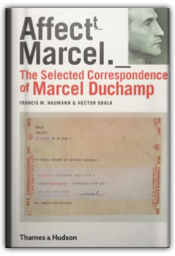
Marcel Duchamp left a large volume of correspondence, a thousand documents that form a unique source for our knowledge of the artist's personality and work. In his letters, Duchamp talks of his latest plans and works in progress. He discusses important projects, including the "ready-made" - a concept that was radically to change the course of 20th-century art. Francis Naumann has devoted 20 years to assembling all traceable letters, translating them and annotating them in this volume. Naumann also focuses on the historical content and provides a detailed introduction to each correspondent. In this way, she seeks to make Duchamp's life and thought real and accessible to experts and the art-loving public alike. The book contains all the letters in their original language (French or English), together with a translation where appropriate. 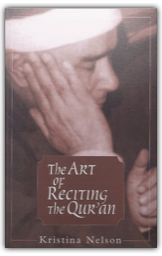
For the Muslim faithful, the familiar sound of the Qur'anic recitation is the predominant and most immediate means of contact with the Word of God. Heard day and night, on the street, in taxis, in shops, in mosques, and in homes, the sound of recitation is far more than the pervasive background music of daily life in the Arab world. It is the core of religious devotion, the sanctioning spirit of much cultural and social life, and a valued art form in its own right. Participation in recitation, as reciter or listener, is itself an act of worship, for the sound is basic to a Muslim's sense of religion and invokes a set of meanings transcending the particular occasion. For the most part, Westerners have approached the Qur'an much as scriptural scholars have studied the Bible, as a collection of written texts. The Art of Reciting the Qur'an aims at redirecting that focus toward a deeper understanding of the Qur'an as a fundamentally oral phenomenon. Focusing on the Egyptian context, and examining Muslim attitudes toward the Qur'an, the institutions that regulate its recitation, and performer-audience expectations and interaction. Kristina Nelson, a trained Arabist and musicologist, casts new light on the significance of Qur'anic recitation within the world of Islam today. This new edition of a landmark study, with a new postscript, will be welcomed by all scholars and students of the modern Middle East, as well as by ethnomusicologists, anthropologists, linguists, folklorists, and religious scholars. 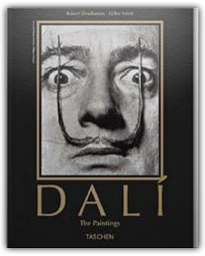
Almost half Dalí's illustrations in this book have rarely been seen 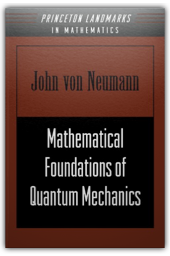
Mathematical Foundations of Quantum Mechanics was a revolutionary book that caused a sea change in theoretical physics. Here, John von Neumann, one of the leading mathematicians of the twentieth century, shows that great insights in quantum physics can be obtained by exploring the mathematical structure of quantum mechanics. He begins by presenting the theory of Hermitean operators and Hilbert spaces. These provide the framework for transformation theory, which von Neumann regards as the definitive form of quantum mechanics. Using this theory, he attacks with mathematical rigor some of the general problems of quantum theory, such as quantum statistical mechanics as well as measurement processes. Regarded as a tour de force at the time of publication, this book is still indispensable for those interested in the fundamental issues of quantum mechanics. 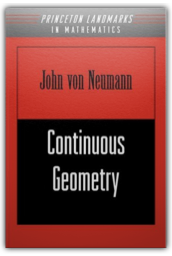
In his work on rings of operators in Hilbert space, John von Neumann discovered a new mathematical structure that resembled the lattice system Ln. In characterizing its properties, von Neumann founded the field of continuous geometry. 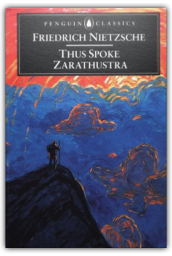
Nietzsche was one of the most revolutionary and subversive thinkers in Western philosophy, and "Thus Spoke Zarathustra" remains his most famous and influential work. It describes how the ancient Persian prophet Zarathustra descends from his solitude in the mountains to tell the world that God is dead and that the Superman, the human embodiment of divinity, is his successor. With blazing intensity and poetic brilliance, Nietzsche argues that the meaning of existence is not to be found in religious pieties or meek submission, but in an all-powerful life force: passionate, chaotic & free. |
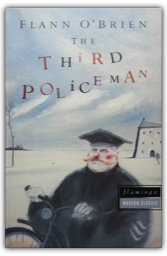
The Third Policeman is Flann O'Brien's brilliantly dark comic novel about the nature of time, death, and existence. Told by a narrator who has committed a botched robbery and brutal murder, the novel follows him and his adventures in a two-dimensional police station where, through the theories of the scientist/philosopher de Selby, he is introduced to "Atomic Theory" and its relation to bicycles, the existence of eternity (which turns out to be just down the road), and de Selby's view that the earth is not round but "sausage-shaped." With the help of his newly found soul named "Joe," he grapples with the riddles and contradictions that three eccentric policeman present to him. 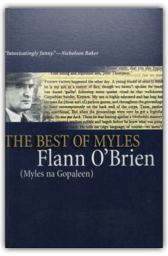
Cultural Writing. The great Irish humorist and writer Flann O'Brien, aka Brian O'Nolan, aka Myles na Gopaleen, also wrote a newspaper column called "Cruiskeen Lawn." THE BEST OF MYLES collects the best and funniest, covering such subjects as plumbers, the justice system, and improbable inventions. 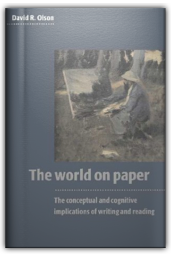
What role has writing played in the development of our modern understanding of language, nature and ourselves? Drawing on recent advances in history, anthropology, linguistics and psychology, the author offers a bold new perspective on how writing and reading have historically and developmentally altered our understanding of language, mind and nature. These understandings, Olson argues, are by-products of living in a "world on paper." 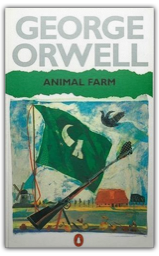
Having got rid of their human master, the animals of Manor Farm look forward to a life of freedom and plenty. But as a clever, ruthless elite among them takes control, the other animals find themselves hopelessly ensnared in the old ways. Orwell's chilling story of the betrayal of idealism through tyranny and corruption, is as fresh and relevant today as when it was first published in 1945. 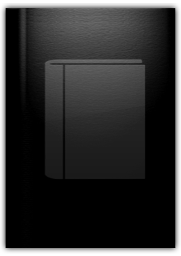
This guide to world literature in English contains critical and biographical articles on major figures, from established literary giants to significant contemporaries, essays on broader topics, useful explanations and entries to clarify difficult concepts. |

Stephen Lavelle
Collection Total:
374 Items
374 Items
Last Updated:
Sep 5, 2010
Sep 5, 2010

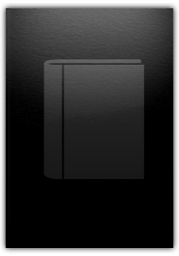
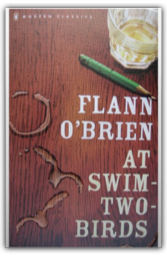
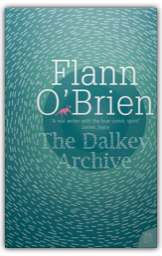
 Made with Delicious Library
Made with Delicious Library